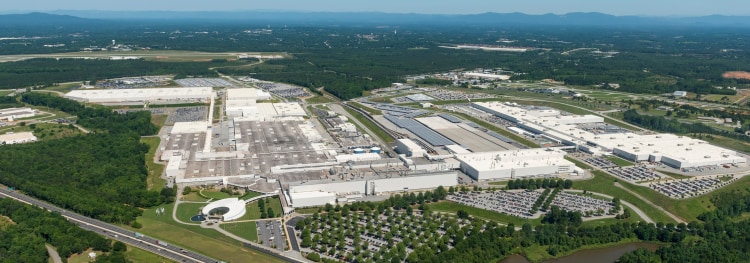
It was expected that the lifting of the restrictions would not bring an immediate recovery. Moreover, in some cases, the relaxation and lifting of stay at home restrictions has led to a reduction in demand and associated production. The reason for the decline in demand is that both individuals and companies have started to downsize safety reserves, both for raw materials and semi-finished and finished products.
Restrictions are not lifted at the same time in all countries. Romania will start easing after May 15th. It is already underway in other countries. All this means that this period of weak economic performance, weak demand will certainly last until the end of May. In terms of production and capacity utilization of plastics processing companies, May is likely to be the low point.
That is why this week we asked our partners compared to previous years, what capacity utilization are they working with and what are their expectations?
In general, the vast majority of firms operate at 30-70% capacity utilization. There are few who produce at full steam.
As to the individual sectors
Pharmaceutical packaging, packaging material production is close to 100% capacity utilization. This includes the manufacture of medical instruments and other "medicalware". The boom is likely to last for months.
Agricultural, twine and net producers also report demand corresponding to the season of recent years. Due to the drought, the demand for pipes and fittings related to agriculture and irrigation revived. This is perhaps slightly better than in previous years.
In the construction industry, pipe production shows a mixed picture. Medium-sized companies prosper well. However, high-capacity firms (above 10,000 tons per year) face temporary demand problems. They use 60-70% of their capacity on average. Similar weak demand is expected in the first half of June, but large construction projects are expected to start in July. The situation is similar for geotextiles, demand will be weak in May-June. However, demand is expected to pick up from July. As in previous years, the production of packaging materials related to the construction industry also shows good demand. Buckets and other packaging materials sell well.
Insulation materials have no season now. The capacity utilization of the producers is between 55-65% instead of the usual 70-80%. This is mainly due to the past 2 months of pre-purchase.
Production of flexible packaging for food has slowed compared to previous months. Some PE film producers have shut down for maintenance. Normal seasonal effects can be felt, there is no significant difference compared to previous years. Demand is still strong in the BOPP area. Manufacturers produce at a higher level than usual. Close to 100%.
Demand for thermoformed and thin-walled food packaging materials remains lower than usual. Capacity utilization is between 40-60%. The resumption of export markets could be a solution.
The houseware area is also slowly restarting. The companies that have been producing for the warehouse so far have also started deliveries. In general, production is not comparable with previous years, demand and capacity utilization are much lower. But in Romania, for example, stores preparing to restart have started replenishing their stocks, and this is generating good demand in this area.
The production of packaging materials for cosmetics and household chemicals has also decreased, reaching an average of 65-70%. The corresponding cap production has also decreased.
Cap production also declined in general, due to the expected weak tourist season. Sales of soft drinks in smaller (half-liter) packs have fallen significantly and will be weaker than usual during the summer season.
The production of industrial packaging is waiting for the real restart of the processing industry, including the furniture industry, the electrical household appliance and the automotive industry. There are smaller packaging material manufacturers who have stopped for maintenance for a week or two, mainly due to a lack of orders. Others, however, produce only 50-55% compared to previous years.
The automotive industry has restarted in Central Europe. However, suppliers (plastic parts) produce with only 30-40% capacity utilization. Although there are order forecasts, they are postponed one after the other. Automotive compound suppliers are also forced to follow this trend, using 25-40% of their capacity.
Plastic industry players are aware of the fact that relaunching the economy will not be easy and fast. The economy is expected to slowly recover after a weak May. In September-October, the level of production is expected to approach previous years. However, there are also less optimistic companies that say a full recovery could last until the end of 2021. The question is what the big car manufacturers are doing. The news of the past week is that BMW is postponing the handover of its new plant in Debrecen by one year. And this reflects the fact that car manufacturers are also uncertain about the near future.

Photo: BMW Group
The players in the plastics industry are also aware that production is a low point, a low point in price. As demand grows, prices are likely to rise in the coming months. Thus, it may even mean that companies with larger cash holdings buy in advance. However, neither a rapid recovery nor a steady rise in prices is guaranteed.



